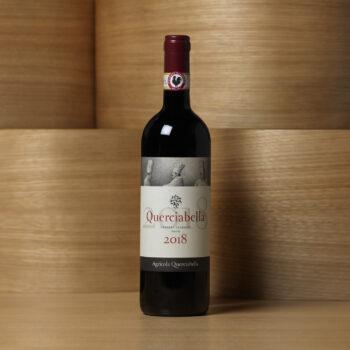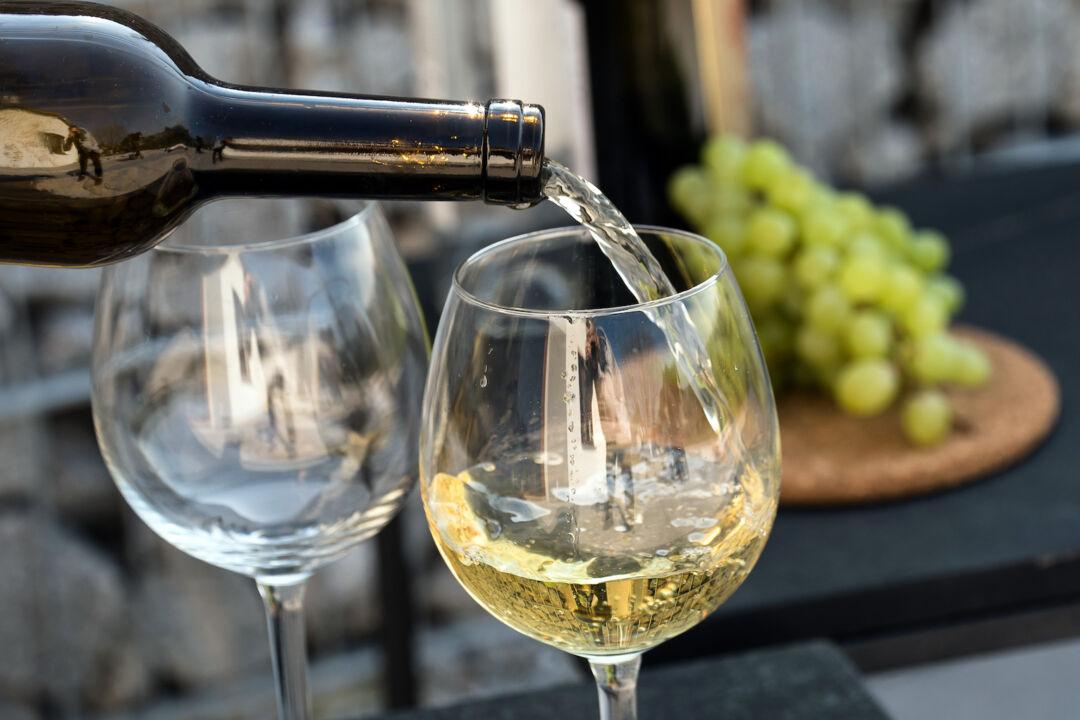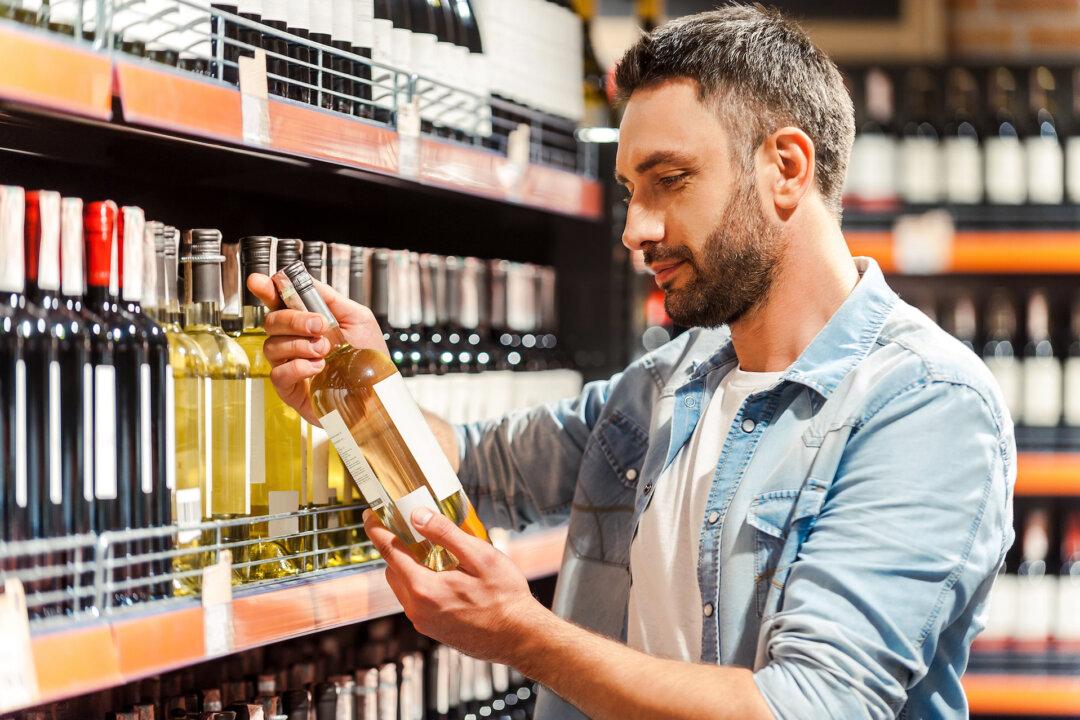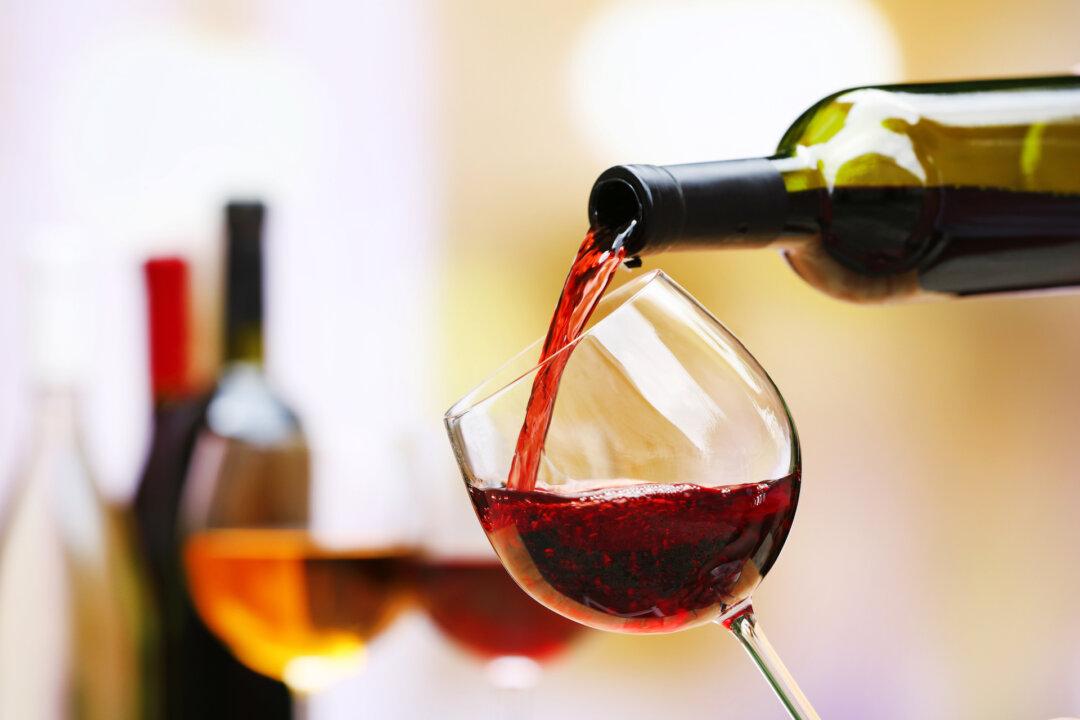There is a regional authenticity to certain food and beverage products, which is one reason that we make distinctions between the different coffees coming from Brazil, Ethiopia, or Hawaii.
And it’s why coffees from such special places cost more than blended coffees from unnamed places.
The regionality a site imparts to certain agricultural products is one reason producers add value to certain products, including exalted examples of specialty cheeses, hams, balsamic vinegars, beef, and of course, wines.
Most people are content to purchase commodity products that serve the most basic purpose: nutrition. They don’t miss the distinctiveness they would get in more expensive, regionally produced products. They don’t often say, “I’m happy to pay more for a more distinctive product.”
True wine lovers are willing to move up. In their exclusive world, the region plays a significant role in how the beverage delivers its uniqueness, a kind of charisma.
It starts with the macro-ness of climate. Grapevines grown in hot climates generally don’t make sublime wines because they have less time on the vine to develop vine-ripened flavors, much like tomatoes, berries, and tree fruits.
The cooler a region is, to some degree, the more the taste of place can add elements that provide a more distinguishing personality.
Fine wine can differ from (usually cheaper) formulated products, in which uniformity is an essential factor. Food producers want the ketchup we buy to be exactly the same from year to year. To people who make soft drinks, mayonnaise, canned chicken soup, and margarine, uniqueness is anathema. Sameness is mandatory.
But wine lovers know that differences matter. It is one reason that we revere sauvignon blancs from Sancerre, Marlborough, Chile, and Bordeaux. They all differ from one another either slightly or greatly—and that’s their charm!
One of the finest olive oils I ever tasted came from the gorgeous Italian coastal region Liguria. As I later learned, a good Ligurian oil is difficult to find in this country. The Ligurian oil I loved was tasted in Italy. Those that I purchased here, despite high prices, were dull—not worth what I paid. I vowed to go back to Italy and bring back a dozen Ligurian oils.
A friend who lives in Hawaii sent me a pound of 100 percent Kona coffee. I visited Hawaii 25 years ago and first experienced how great Kona is. My friend’s gift reminded me of Kona’s specialness. When you buy a “Kona blend” coffee, chances are you won’t get much Kona-ness.
Any study of wine should include an understanding of what each grape variety does best in the different places they grow worldwide.
It’s why cabernet sauvignon from Napa Valley commands such a high price. Many people believe it’s the best place to grow cabernet, and that cabernets from elsewhere are mere pretenders.
But Napa no longer is what it was decades ago. Extremely knowledgeable people will tell you the best cabernets now come from Sonoma County, Washington’s Columbia Valley, Australia, British Columbia, or other locations that are perfectly suited for that grape in today’s climate-changing world.
Wine of the Week
2018 Querciabella Chianti Classico, DOCG ($33): A simply classic example of how the Sangiovese grape can perform in northern Tuscany, where Chianti is king.This terrific wine is 100 percent of the primary group and was aged in a combination of upright wooden bats and small oak cooperage. The aroma is classic Chianti, and the wine has sufficient tartness to work beautifully with any dish containing tomatoes. It is often found at $27 or so.






